 Petzlover
Petzlover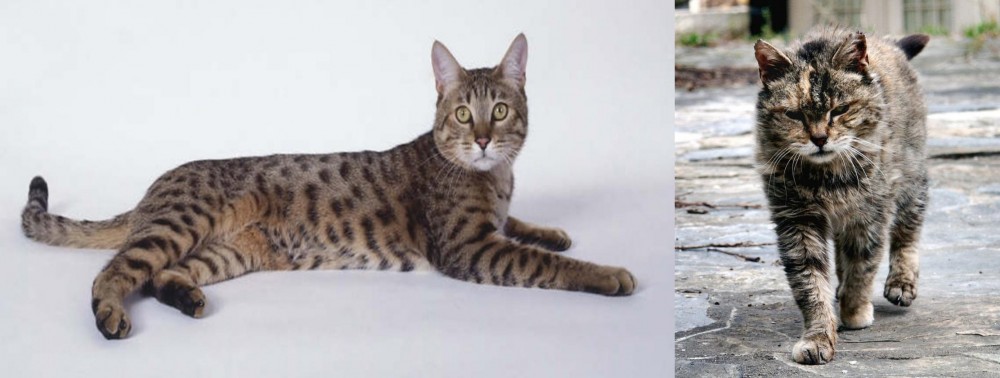 Both California Spangled Cat and Farm Cat are originated from United States. Both California Spangled Cat and Farm Cat are of same weight. California Spangled Cat may live 5 years less than Farm Cat. Both California Spangled Cat and Farm Cat has same litter size. Both California Spangled Cat and Farm Cat requires Moderate Maintenance.
Both California Spangled Cat and Farm Cat are originated from United States. Both California Spangled Cat and Farm Cat are of same weight. California Spangled Cat may live 5 years less than Farm Cat. Both California Spangled Cat and Farm Cat has same litter size. Both California Spangled Cat and Farm Cat requires Moderate Maintenance.
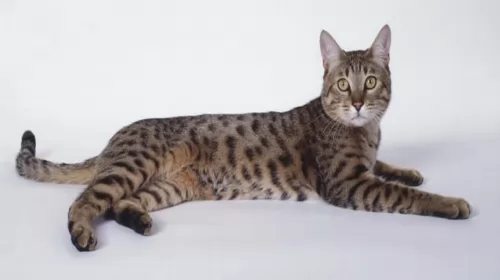 People seem to want a cat that resembles some of the wild cats we have, and the California Spangled is a domestic cat that has been bred to resemble spotted wild cats.
People seem to want a cat that resembles some of the wild cats we have, and the California Spangled is a domestic cat that has been bred to resemble spotted wild cats.
In fact, it was during the 1970s, that Paul Casey, an American scientist, returned from Tanzania to create a cat breed that resembled a wild cat such as a leopard.
There are many breeds that make up the California Spangled cat and these are the Abyssinian, British Shorthair, Siamese as well as some stray cats. Today, the breed has all but disappeared and there are only a few of the cats left.
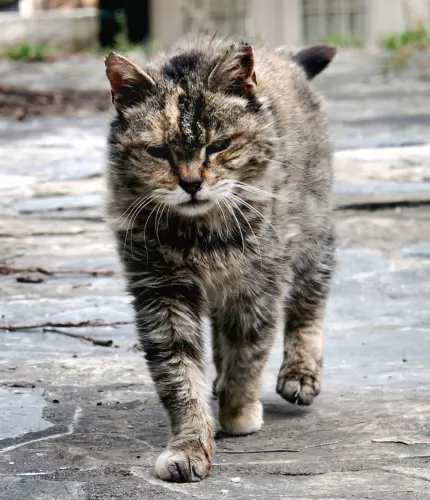 Known also as the Barn Cat, this domestic cat is of a mixed breed. The very name ‘farm cat’ is referring to a general kind of cat that lives in an almost wild state on farms and agricultural properties.
Known also as the Barn Cat, this domestic cat is of a mixed breed. The very name ‘farm cat’ is referring to a general kind of cat that lives in an almost wild state on farms and agricultural properties.
Possibly, their role in keeping rodents at bay was how they came about – domesticated to keep rodents away from grain crops.
When you do research you find that there is archeological evidence to suggests that these farm cats have been around since about 7500 BC. Most barn cats fall under the domestic shorthair or domestic longhair categories.
These cats live in a variety of conditions and some of them get their food solely from the rodents they catch. Others are tame with access to supplemental cat food as well as veterinary care.
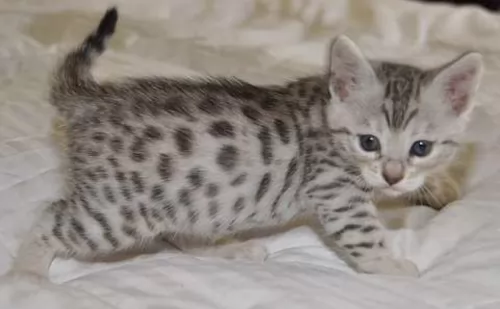 The California Spangled cat is lean with a long muscular body and long legs. Its long body makes it look like it is on the prowl like a leopard.
The California Spangled cat is lean with a long muscular body and long legs. Its long body makes it look like it is on the prowl like a leopard.
Its coat, similar to that of a leopard, can be a mix of colors such as black, tan, silver, red and white with a mix of different shaped spots. The coat is fairly short and doesn’t require too much grooming. However, a brush will be like a bonding session for you and your cat and it will keep his coat shiny and free of loose hairs and dust.
The cat has almond-shaped eyes that are amber to copper-colored.
This cat is independent but it still wants to get a lot of attention from his owners. They’re affectionate, social and devoted to their human family. They are known for their intelligence and high energy levels, enjoying games that involve lots of action and participation.
Being an active cat, it needs a lot of space to roam and to play. Because he is smart, buy him interesting toys, a scratching post, and climbing equipment.
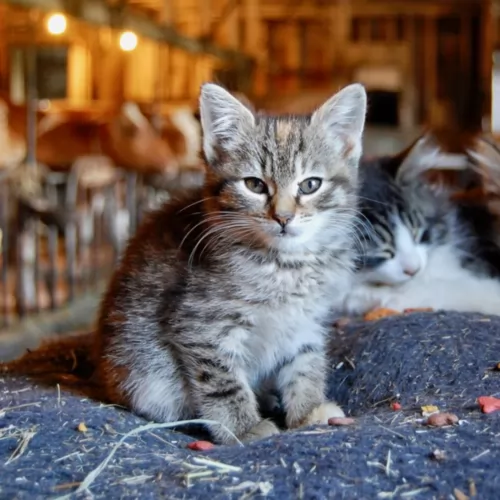 Farms cats are also members of domestic cats but it’s just that they are usually not socialized and they run away from people.
Farms cats are also members of domestic cats but it’s just that they are usually not socialized and they run away from people.
Farm cats have different histories and there is really no one-size-fits-all description of them.
They can weigh anything from 2 to 8kg. They can live to be anything between 10 and 20 years of age. Some of them are large, some small, some are solid colored while others are bi-colored and patterned. Their coats differ too and you can find short- and long-haired varieties among your farm cats
Their eyes and ears will also be in any shades and sizes and these cats are usually not spayed or neutered and can produce kittens that nobody is sure how they’ll turn out.
If you were to stumble across a farm cat born of unknown parents, there is no knowing what the small feline will behave like. Socialization and lifestyle play a big role in determining how a kitten will turn out but farm cats left to their own devices could be quiet, aggressive, loving, naughty, reticent, reserved, playful, lazy, shy or nervous.
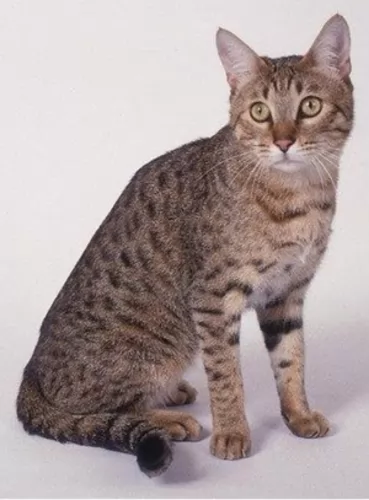 These active but calm cats are very sociable, liking to talk to only when needed and then the meow of the cat is soft.
These active but calm cats are very sociable, liking to talk to only when needed and then the meow of the cat is soft.
While this cat would prefer being the only cat in the family, they are quite adaptable in the right environment and will adapt to a home where there are other pets.
These are cats that enjoy being the only cat in the house, but they are prepared to adapt to a life shared wth other cats or dogs.
They love playing and will respond well to children who have been taught how to be kind to animals.
They’re pricey cats these but they can certainly provide you with 15 years of great companionship.
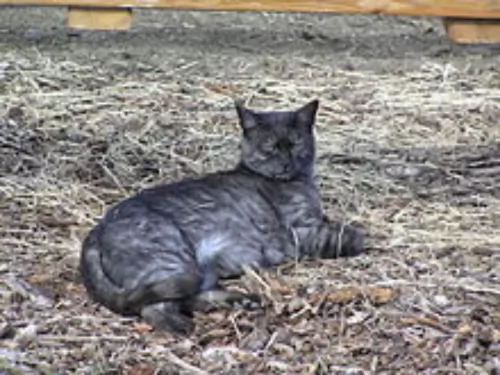 Farm cats are such wonderful animals – they just need a good chance in life like other domestic cats.
Farm cats are such wonderful animals – they just need a good chance in life like other domestic cats.
Many of them have had a hard life and it can be marvelous to open your home and heart to one or two of them and see the pleasure they bring.
They’re full of character and if you provide them with good food and a warm bed and promise to love them, you’ll no doubt be starting a solid and meaningful friendship that can enhance your life.
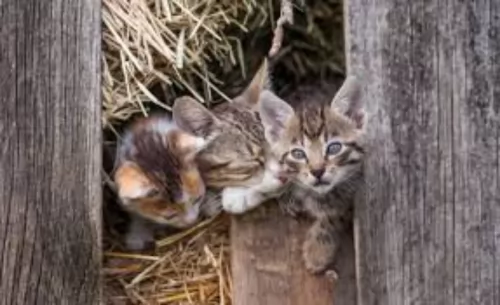 Farm cats left to fend for themselves can suffer from a host of illnesses. Eye infections are one. The cause of these eye infections is usually a virus, of which herpes, chlamydia, and Calicivirus are the most common.
Farm cats left to fend for themselves can suffer from a host of illnesses. Eye infections are one. The cause of these eye infections is usually a virus, of which herpes, chlamydia, and Calicivirus are the most common.
Your vet will certainly prescribe you some antibiotics for your kitten to help against secondary infections.
Check your farm kitten over as he is likely to have a nose full of snot as well and may even be sneezing. Take the kitten to the vet who can give him a good once-over and put him on the road to recovery.
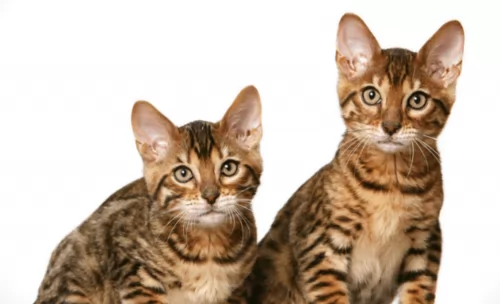 When it comes to feeding these cats, you’ll find that the California Spangled Cat is highly energetic and therefore his food needs to be of the very best high protein that there is.
When it comes to feeding these cats, you’ll find that the California Spangled Cat is highly energetic and therefore his food needs to be of the very best high protein that there is.
The cat requires high-quality food and food that is adapted to his growth and energy levels. If your California Spangled Cat had to hunt for his own food it would be mice and birds - protein.
In your home, he’ll need cat food high in protein. A diet deficient in protein can lead to all kinds of health issues. The reason for this is the protein has amino acids and this plays many essential roles in the body, strengthening the immune system.
Fortunately, in our busy world, commercially manufactured cat foods from top brands are nutritionally complete and balanced, and they’re high-protein cat foods. Proteins are imperative for the functioning of all body parts, and nursing queens for instance may well need more protein to get the kittens off to a good start.
Your California Spangled cat isn’t a huge shedder so a regular brushing once a week of the short coat will get rid of dust and loose hairs.
They’re playful cats these so provide them with games and toys that can help with using up some of this energy.
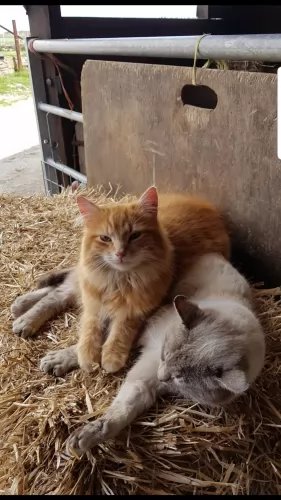 Barn cats or farm cats are not likely to have been neutered or spayed and they are just adding to the overpopulation of farm cats that can become feral cats.
Barn cats or farm cats are not likely to have been neutered or spayed and they are just adding to the overpopulation of farm cats that can become feral cats.
The average fertile cat can produce three litters every year, and with as many as 6 kittens in a litter, you can imagine how a small colony of cats can get out of control.
Sometimes cat rescue programs do a steri-drive and spay and neuter cats like this to curb the numbers. Of course, spaying and neutering can prevent many diseases as well.
If you have farm cats that have been spayed or neutered, provide them with good food and water. You can put out wet, canned cat food or dry kibble – they’ll be so pleased as most times these cats don’t even know where their next meal will come from.
You see them drinking out of puddles of water. Unfortunately, these pools are often filled with contaminants and this can also make the cats sick.
Every cat just wants a soft, warm place to sleep, and if you can, provide some warm dry hay for these farm cats. Even a cardboard box can be a haven for a cat that has never known a bed.
If you have managed to catch a farm cat kitten and you want to offer it a home, make sure to start off with veterinary care and vaccines.